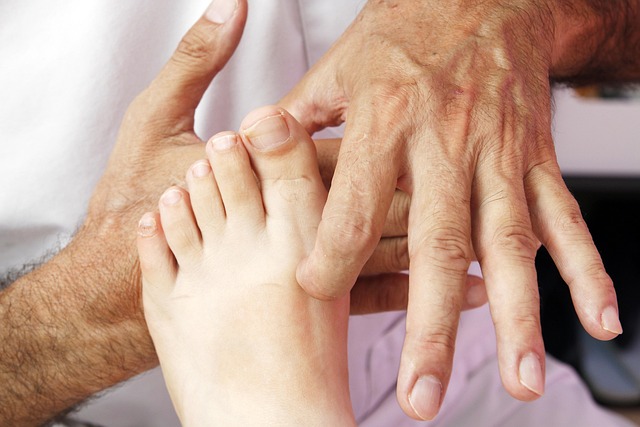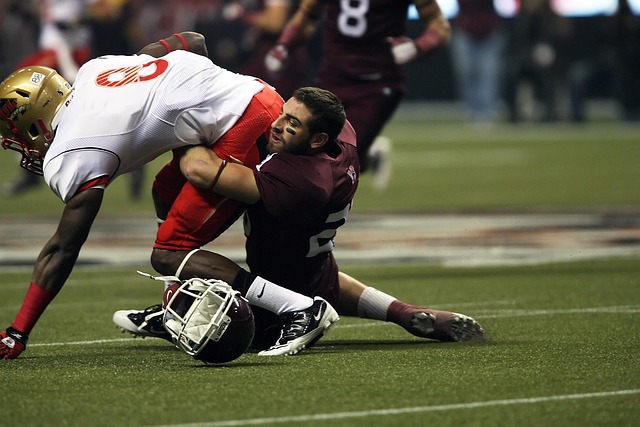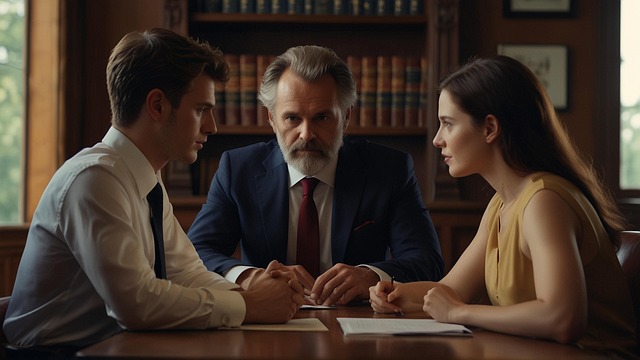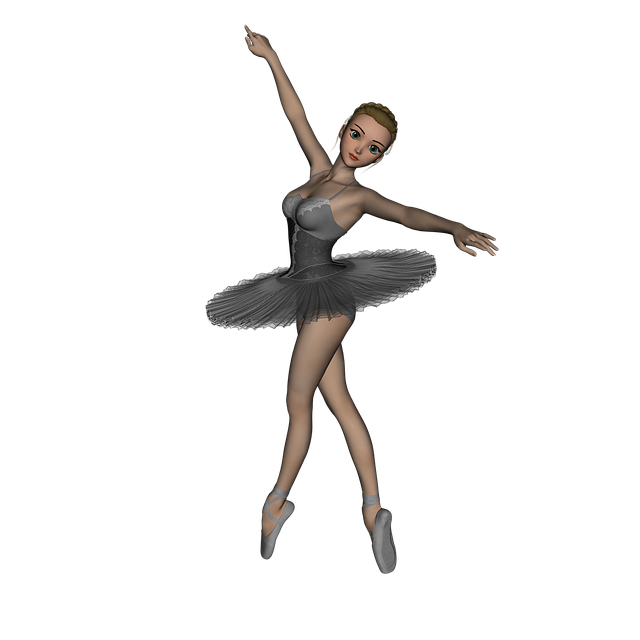Postural problems caused by car crashes or falls can lead to chronic pain and poor long-term posture. Corrective chiropractic care, specializing in spine and nervous system health, effectively addresses these issues. Chiropractors use manual adjustments and exercises to realign the spine, reduce nerve irritation, and restore proper posture, promoting self-healing and improving body mechanics. Regular visits monitor progress and educate patients on self-care for sustained results. This holistic approach is key for long-term postural correction after accidents, combining chiropractic care with exercise and ergonomic assessments to maintain corrected posture and prevent future risks.
Postural issues often arise after accidents, affecting long-term health and quality of life. This article explores a comprehensive, long-term posture correction plan focusing on the role of corrective chiropractic care for recovering individuals. We delve into understanding specific postural challenges that develop after accidents and present strategies to achieve sustainable results. By implementing a structured approach, including chiropractic adjustments, exercises, and lifestyle modifications, individuals can restore proper alignment and alleviate pain associated with postural imbalances caused by accidents.
- Understanding Postural Issues After Accidents
- The Role of Corrective Chiropractic in Long-Term Posture Correction
- Creating a Comprehensive Plan for Sustainable Results
Understanding Postural Issues After Accidents
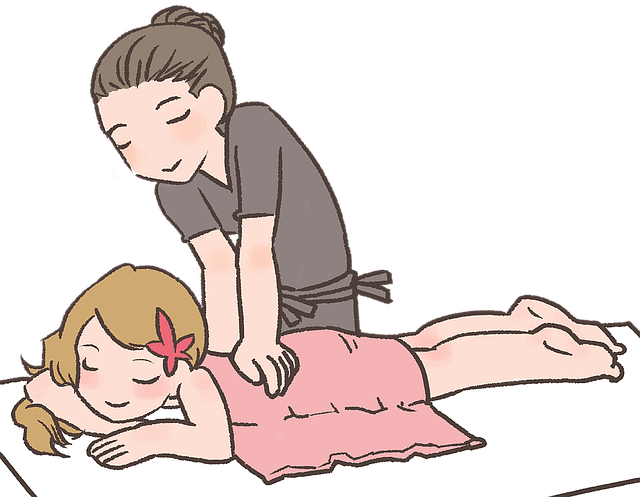
Postural issues often arise after accidents, such as car crashes or falls, leading to chronic pain and discomfort. These incidents can cause muscle strains, spine misalignments, and joint damage, resulting in poor posture. Accidental injuries disrupt the body’s natural balance, affecting the way individuals hold themselves unconsciously. Over time, this can lead to further complications like herniated discs, nerve compression, and increased risk of future injuries.
A corrective chiropractic approach is a valuable strategy for addressing postural issues stemming from accidents. Chiropractors specialize in diagnosing and treating musculoskeletal disorders, focusing on the spine and nervous system. They employ various techniques, including manual adjustments and specific exercises, to realign the spine, reduce nerve irritation, and restore proper posture. This holistic method not only alleviates immediate symptoms but also prevents long-term complications by promoting self-healing and improving overall body mechanics.
The Role of Corrective Chiropractic in Long-Term Posture Correction

Corrective Chiropractic plays a pivotal role in long-term posture correction, especially post accidents. It’s not just about addressing symptoms; it delves into identifying and correcting underlying structural misalignments that can contribute to chronic postural issues. Chiropractors use specialized techniques like spinal adjustments, joint mobilization, and specific exercises to realign the spine and improve overall body mechanics.
This holistic approach promotes sustained results for better posture. Regular visits allow chiropractors to monitor progress, make necessary adjustments, and teach patients self-care strategies to maintain improved alignment between appointments. For those recovering from accidents, corrective chiropractic offers a safe and effective path towards reclaiming optimal posture and reducing the risk of future complications.
Creating a Comprehensive Plan for Sustainable Results
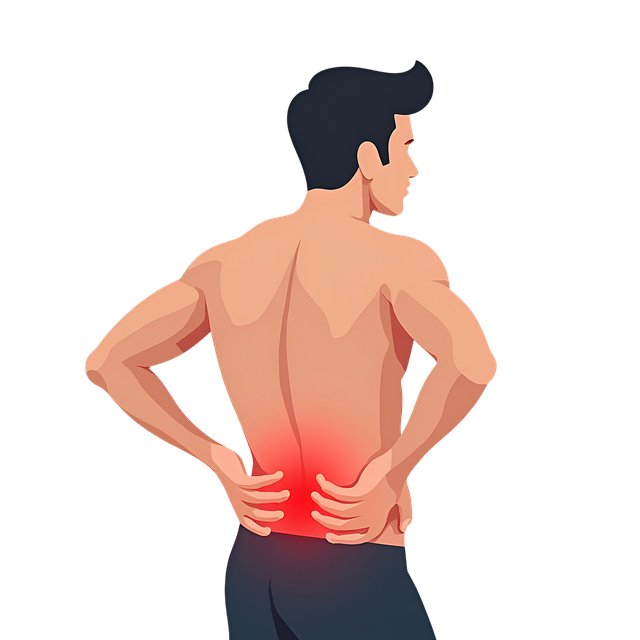
Creating a comprehensive long-term posture correction plan is essential for achieving sustainable results, especially in cases of postural issues developed after accidents. This involves a multi-faceted approach where corrective chiropractic care plays a pivotal role. Chiropractors can assess and address misalignments in the spine, which are common after accidents like car collisions or falls.
The plan should include regular chiropractic adjustments to improve spinal alignment, coupled with exercises tailored to strengthen core muscles that support the spine. Additionally, ergonomic assessments of daily routines and work environments are crucial to prevent further postural degradation. By combining these strategies, individuals can effectively manage their postural issues, promote healing, and maintain long-term correction without relying heavily on continuous chiropractic care.
Postural issues arising from accidents can be effectively managed and corrected with a long-term strategy that includes corrective chiropractic care. By understanding the specific challenges posed by such incidents, individuals can create comprehensive plans tailored to their needs, ensuring sustainable results. This holistic approach, combining professional guidance and patient commitment, offers a promising path to recovery and improved overall well-being. For those seeking lasting relief from accident-related postural problems, corrective chiropractic for postural issues after accidents stands as a powerful tool.

